No one makes cars appear in lists like these, but they do. We believe that no car is totally bad… it is just that some are not suitable for a specific type of customer. So today, we’ll count down all cars, trucks, and SUVs that you should avoid in 2023.
Some of these vehicles are generally liked and regarded as good ones, while others might not have a good reputation. But don’t worry, we will make it clear why you’d want to avoid these cars… and if you can live with that reason, buy the car by all means. So, let’s start!
Mercedes-Benz G-Class

First off, the G-Wagon will set you back at least $139,900, according to Edmunds. That is a hefty price to pay for anything on wheels at a time when the next recession is almost here.
Second, given the current state of gas costs, this device, which has aerodynamics akin to that of a refrigerator and weighs a complete city block, is anything from fuel efficient. Additionally, the G-Wagon’s average 10-year maintenance cost is $16,000, and there’s a 43% risk that this vehicle will require significant repair during that period, according to CarEdge. In summary, avoid this white elephant if your monthly income is less than $100,000.
Toyota Land Cruiser LC 200
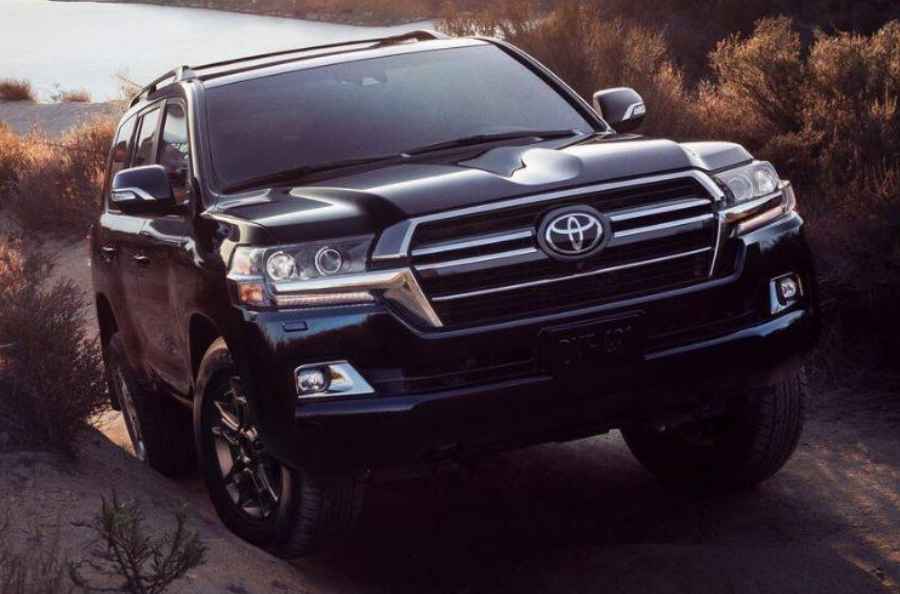
Without a doubt, this is one of the most competent, trustworthy, and dependable cars ever made, but it is getting older. The 300 series Land Cruiser is a more contemporary vehicle.
Toyota replaced the LC 200’s V8 engine with a twin-turbo V6 in the LC 300. Investing more than $90K on a decent off-road vehicle is worthwhile, so get the more recent model that will last longer. Additionally, the EPA estimates that the 200 series will get 17 mpg, while the 300 series can provide up to 23 mpg.
Jeep Wrangler
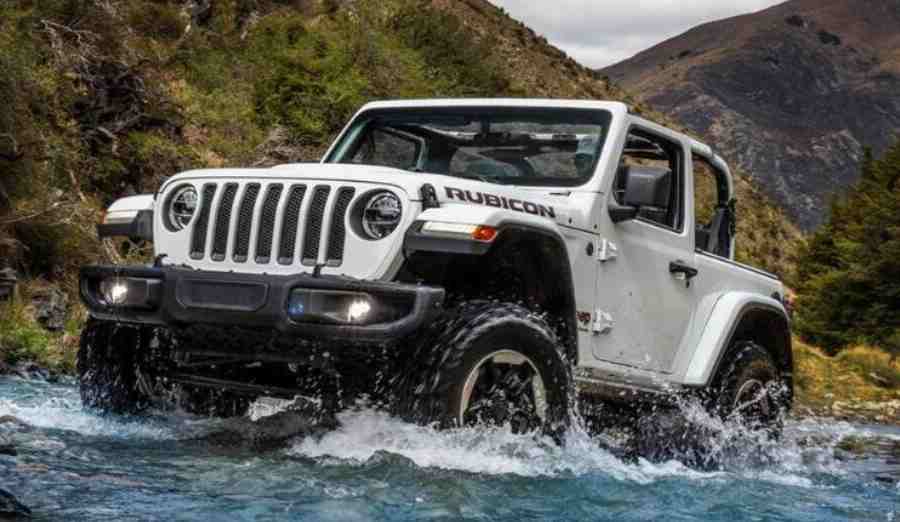
Invest in the Jeep if you visit the path on the weekends. If you like this SUV’s boxy design language, then everything else about it is from the above function.
One may overlook the vehicle’s combined EPA rating of only 17 miles per gallon, however, some remarks from users on the Reddit Jeep Forum are as follows: “They ride rough, are very noisy, seats are terrible.” Thus, while this SUV is suitable for off-roading, it is not suitable for highway or city travel.
Mercedes-Benz GLE
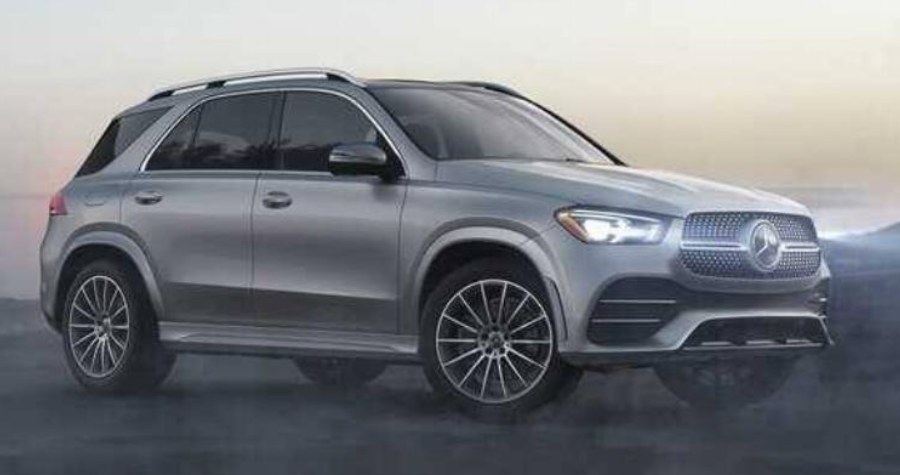
It’s true that the GLE is quite comfortable and has a lot of amenities not seen in other vehicles in its class, but all of that comes at an unjustifiable cost.
Starting at $60,000 before insurance, CarEdge estimates that upkeep will cost you $15,000 per ten years. And that too with a 43 percent possibility of a serious issue in that time frame. A “major problem” on a German vehicle also signifies insolvency for the typical American buyer. German comfort for a forty-three percent insolvency risk? Not at all!
Jeep Gladiator
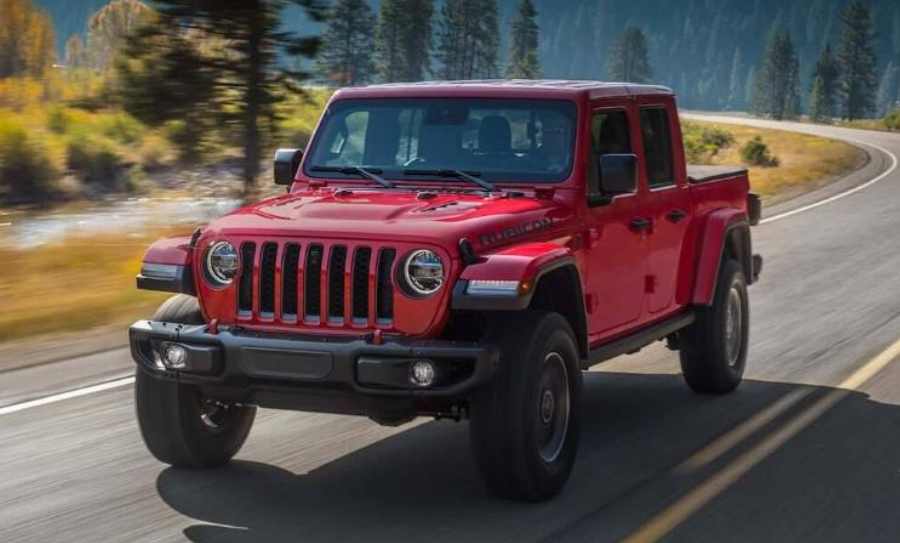
Even though it may be the most unique pickup truck available, we can’t ignore its 20 MPG EPA rating, 21/100 dependability score from Consumer Reports, and more than $12,000 annual maintenance expenditures, according to CarEdge.
All of that combined with the fact that they are designed for trails rather than concrete roads means you can’t take the family on a comfortable road trip with them. Purchase something more comfy if your day job does not include hauling logs into the Alaskan tundra.
Silverado/Sierra
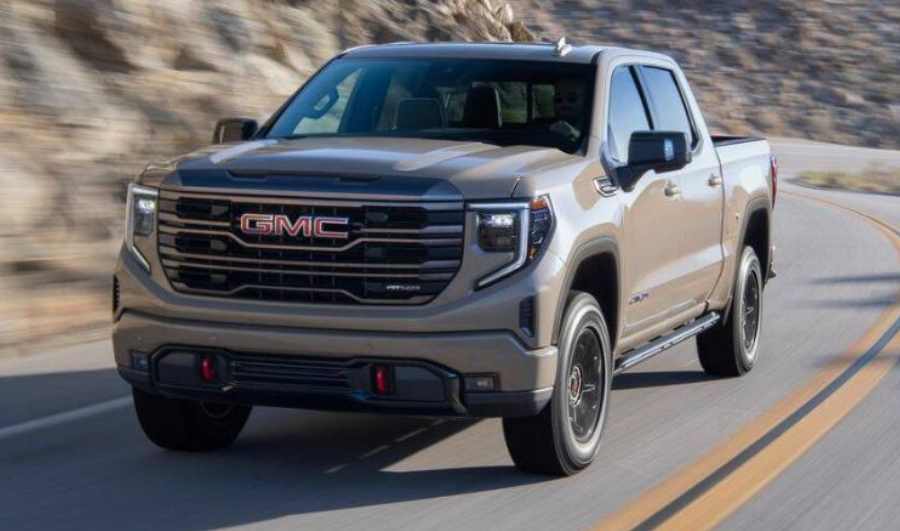
This one is somewhat debatable right now. This car has indeed been the best-selling in the US for a while, and many people have tried and trusted it, but it is not without problems. It’s quite an accomplishment to receive a 5 out of 100 reliability rating from Consumer Reports, and that’s what this vehicle has done.
Additionally, the expense of maintenance is not in the economical range. RepairPal advises setting up $1,000 for yearly maintenance, while CarEdge estimates $10,000 for ten years of ownership. Not included in it are the significant repairs, which have a 30% probability of happening.
Chevrolet Bolt
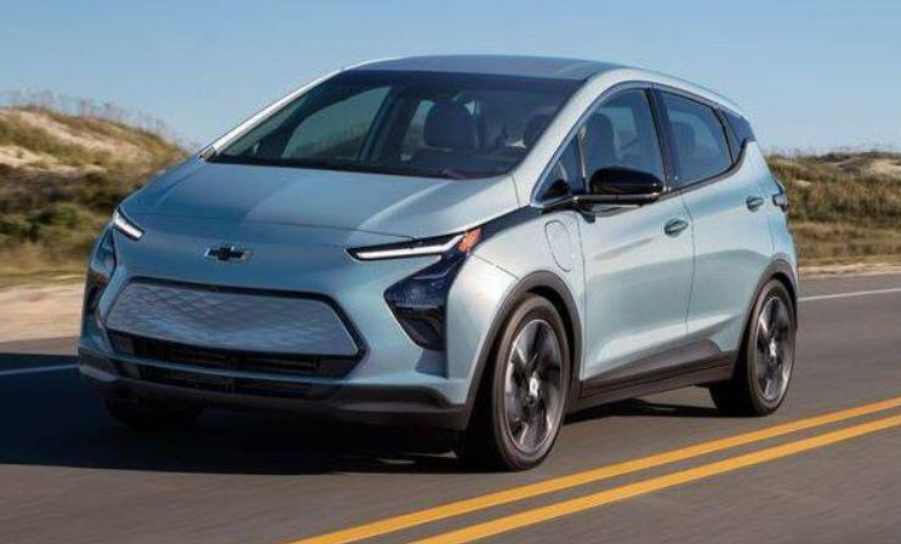
First off, this car’s range pales in comparison to that of the major EV contenders. Due to its limited range of 259 miles on a single charge, this car is only suitable for city driving. It also has an unsightly appearance, however, we can overlook that one because it’s subjective.
Because of serious dependability problems, the Bolt has been removed from the portion of the Consumer Report that is recommended. Additionally, if you’re searching for an EV, choose a brand that is well-known in this industry rather than Chevy, which hasn’t made a reputation for itself in the market.
Ford Explorer
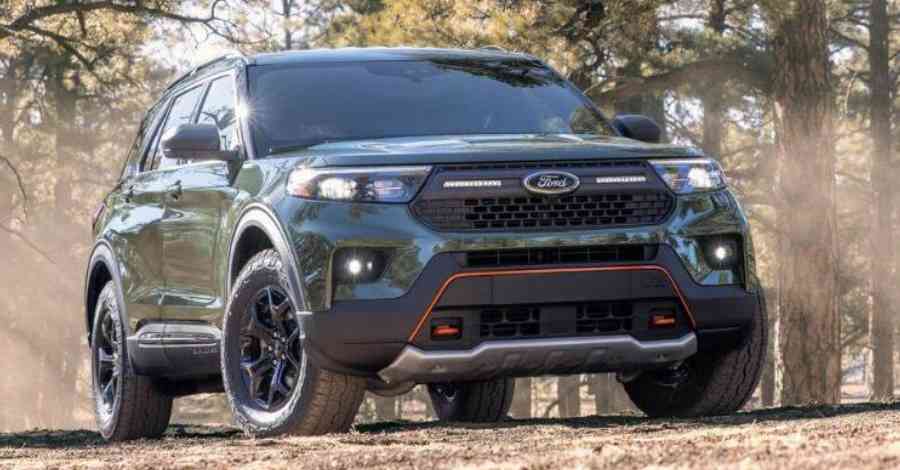
According to Cambridge, the likelihood of this American SUV requiring a significant repair during the first ten years of ownership is 5% higher than that of comparable automobiles, even though its maintenance costs, at $10,000 per decade, are equivalent to those of the more sophisticated German SUVs.
Next, considering its 21 mpg EPA rating, this automobile is not particularly fuel-efficient. When everything is taken into account, the Explorer’s ownership costs for the first five years come to slightly over $43,000. Get a premium automobile at least if you are going to spend that much money on a vehicle.
Nissan Sentra
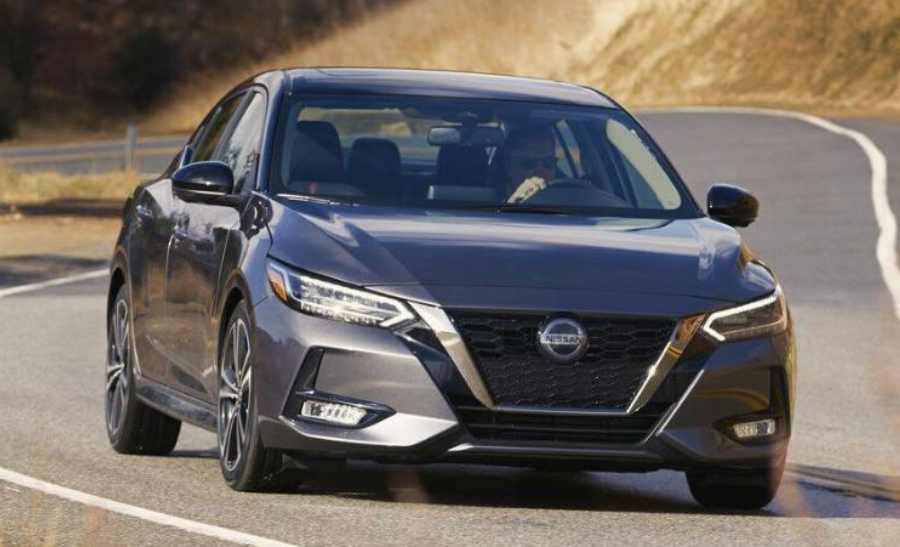
Although the current Sentra is a fantastic vehicle with excellent customer satisfaction and dependability scores, avoid buying one from the period when Carlos Ghosn put CVTs into every vehicle.
That CVT is a serious issue, according to carparts.com and all of the major auto review websites. It is something that has a high likelihood of failing, and if it does, the cost will be high.
Lincoln Aviator
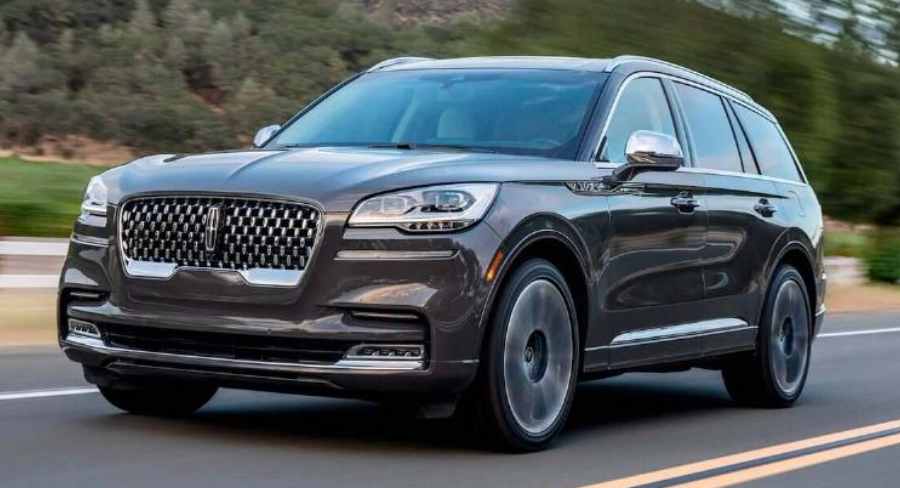
One of the very rare manufacturers to receive Consumer Reports’ two-year designation as the least trustworthy carmaker in a row is Lincoln in 2021. After Tesla, it is now the least dependable.
The Aviator is marketed as a premium brand, but it has problems with everything from the airbags to the basic electronics. According to CarEdge, maintenance costs $12,000 every 10 years. That does not take into consideration any significant or uncommon repairs, which might happen frequently.
Hyundai Kona Electric
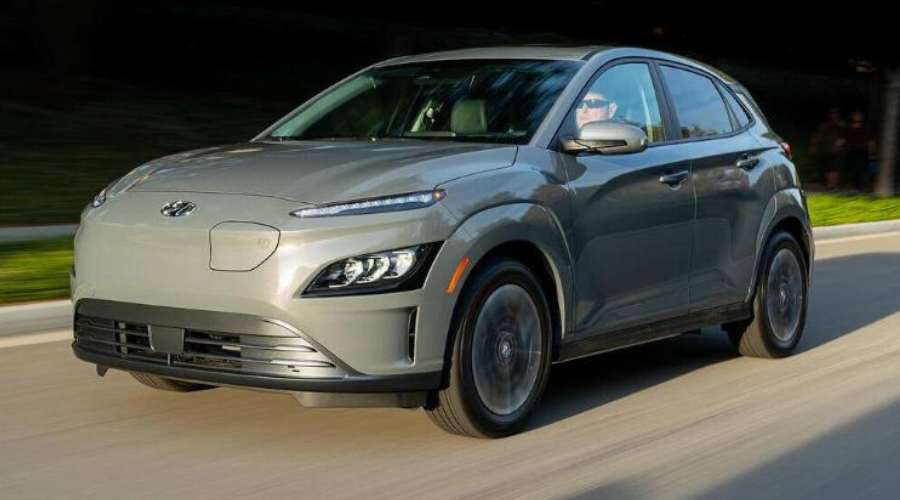
If you’re not in love with your mechanic, you should avoid buying a car that has a Consumer Reports dependability rating of 5 out of 100. Granted, the Kona Electric can travel 300 miles between charges, but that comes at a cost.
The Kona Electric only has 200 horsepower, which is not very good in a market where EVs often have 400 horsepower.
Ford F-150 Hybrid
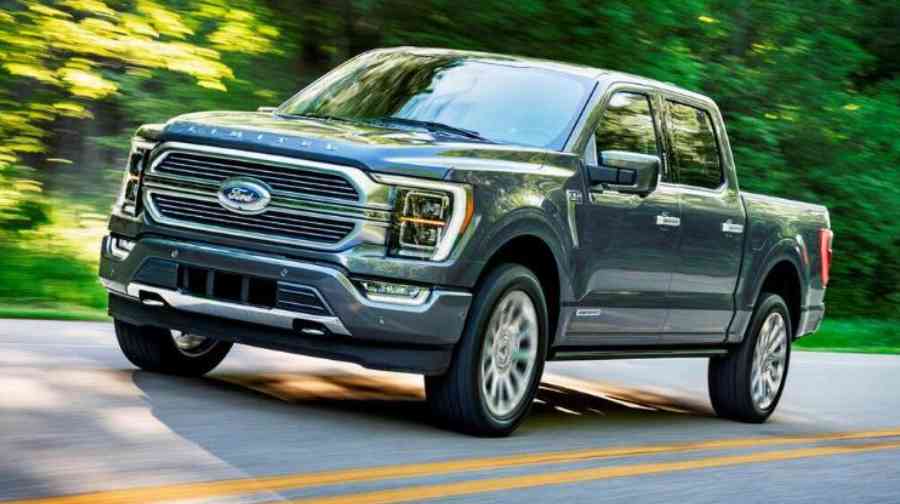
We don’t have any historical data on this one, but what we do have isn’t very encouraging. Consumer Reports rates the F-150 Hybrid’s anticipated dependability at 1 out of 5, which is unusual for them to offer a zero.
Reviewers on websites like MotorBuiscuit have also noted several electrical problems with this truck, ranging from broken airbags to infotainment system malfunctions and more. Given that many people purchase these trucks as work vehicles, these kinds of problems are unacceptable.
Cadillac ELR
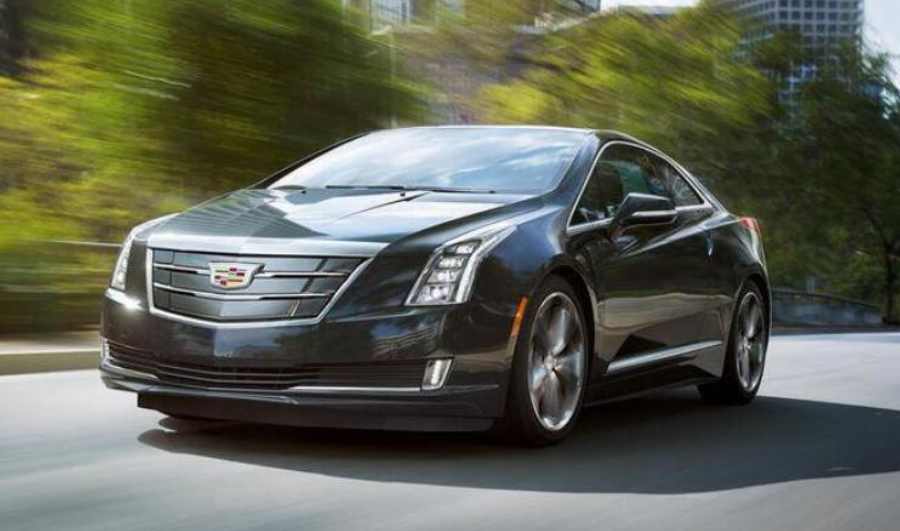
The price is the primary deterrent to purchasing this vehicle. The ELR is not a cheap vehicle, costing $58,000 before taxes. That is a lot of money for what appears to be a botched science fiction project.
The cost is also a factor in the following rationale. According to Edmunds, this automobile has one of the most annoying depreciation rates available, with 50% expected over three years of ownership.
Mini Cooper
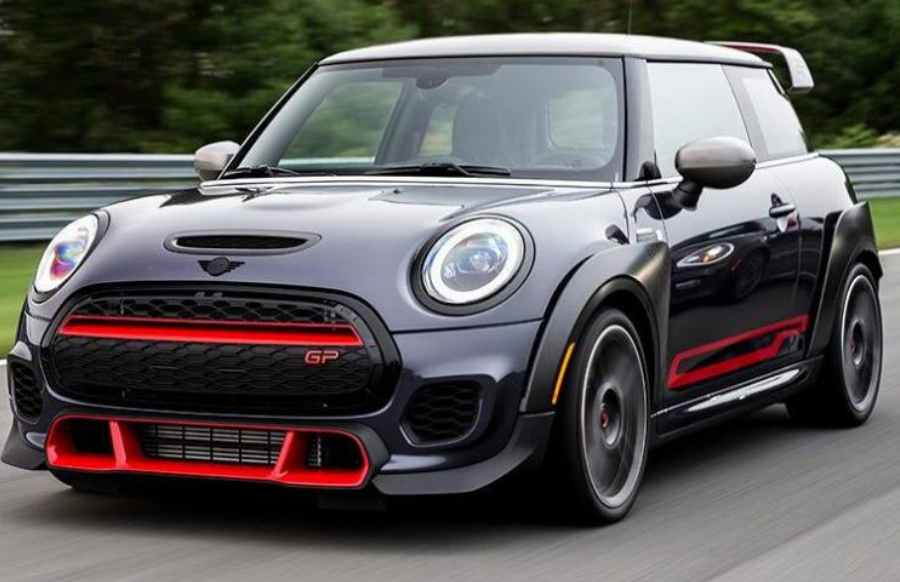
The only thing about Mini that merits praise is its adorable appearance. Apart from that, Consumer Reports rates the car’s dependability at just 30 out of 100. As a point of perspective, the median ranking for all automobiles is sixty, although many Japanese cars have rankings higher than eighty.
According to Edmunds, the Mini’s cramped cabin, problems with the power steering, and overheated engine are other reasons not to buy one. Furthermore, the maintenance costs are comparable to those of midsize luxury cars even though this is a non-luxury small car.
Kia Rio
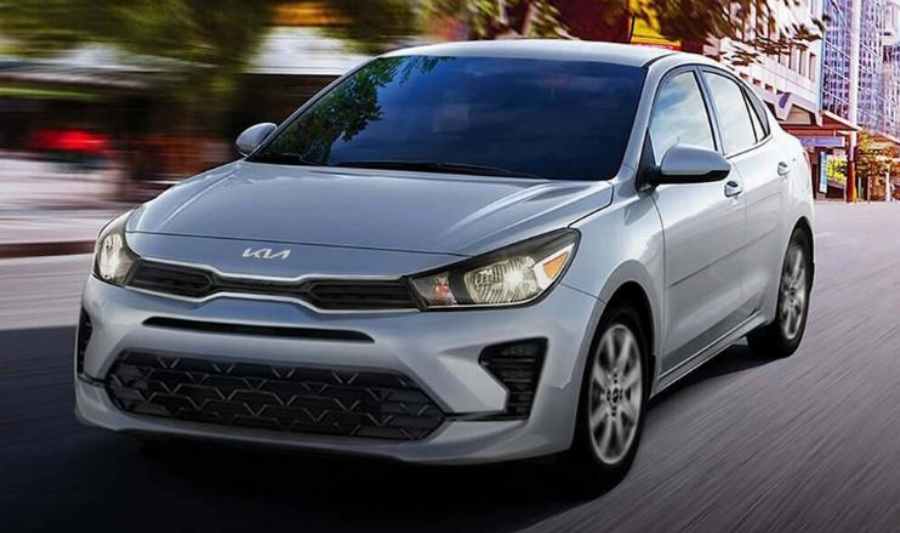
The Rio is posed as a budget car and it does that job quite well, for the most part. However, the trouble starts when things break and they do often. If you are buying a $15,000 car, any trouble with the engine, transmission, or electronics can get expensive for you.
And these troubles are common, according to CoPilot and CarEdge. If you are buying this as your first car and don’t want to keep it for a long time, it’s fine, but it is not a car you would like to have for a long time.
Fiat 500
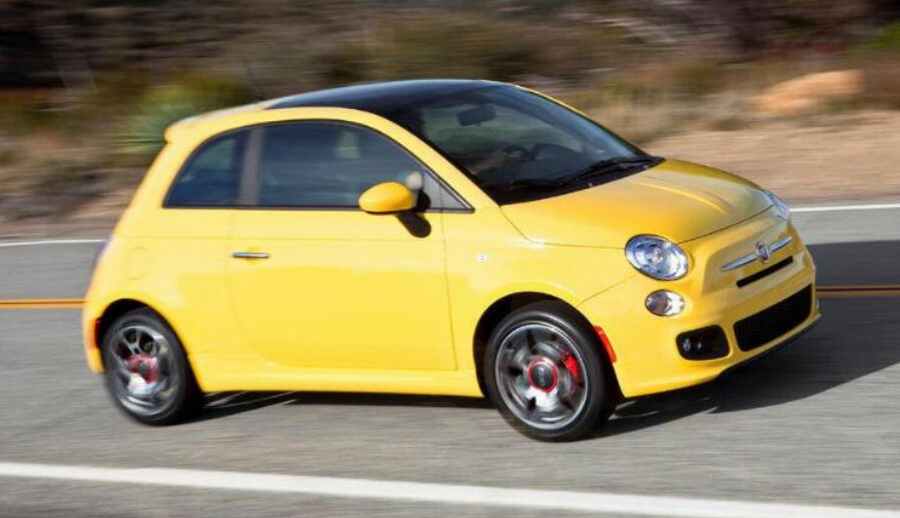
Contrary to what Fiat says, the 500 is not a low-cost sports vehicle. Go ahead and get it if you want an inexpensive, dependable personal vehicle for your daily commute into the city; but, if you want a sports car vibe, pass on this one.
This vehicle’s 1.4L engine is cumbersome and takes a long time (8.1 seconds) to reach 60 mph. Car and Driver claim that the handling and stability are also not the finest.
Bentley Continental GT
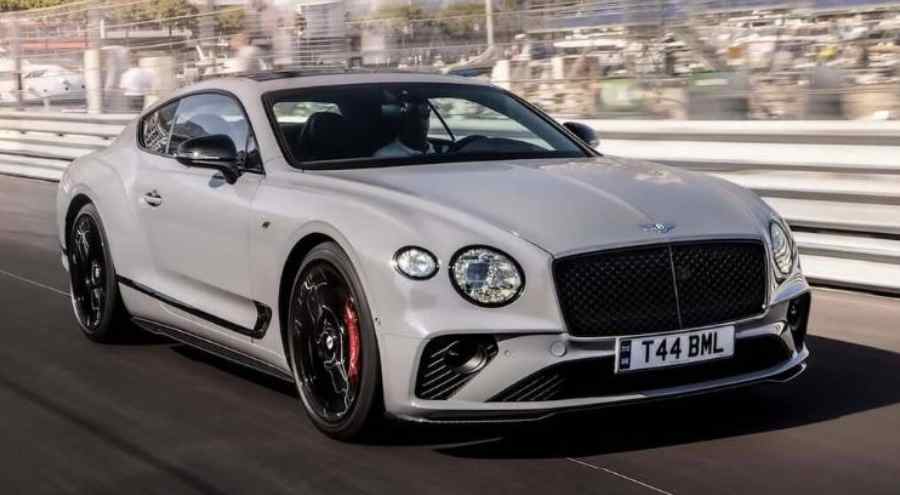
To begin with, the purchase of the Continental GT will take your entire inheritance and then some. Then there are still the running and maintenance expenses of this beast.
Speaking of which, $3,200 is what HotCars estimates the standard yearly maintenance will cost. That does not include any potential significant repairs. In addition, there is the additional cost of this vehicle’s meager 12 miles per gallon.
BMW X3
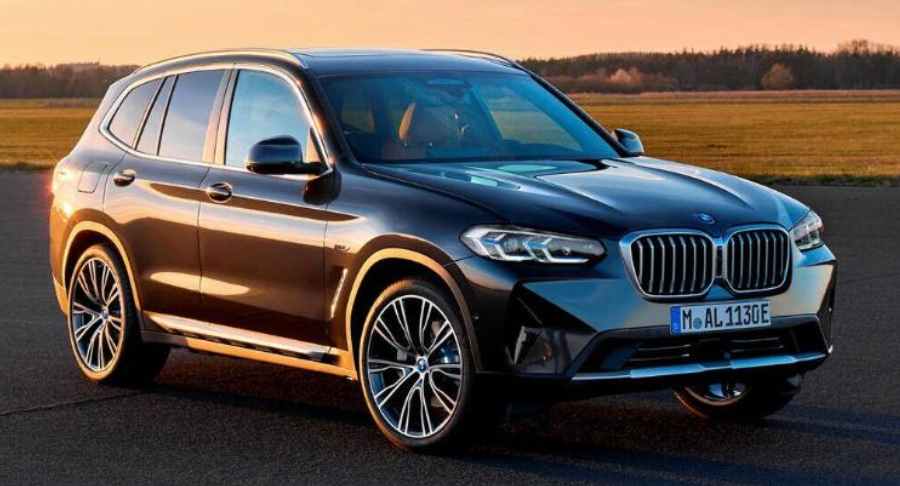
The X3 is a charming little crossover—that is, until the engine oil leaks, the sunroof begins to leak or rattle, or the timing chain guide breaks and the pistons shoot out of the car.
You don’t have to take my word for it; the BMW Tuning Co. has identified several problems, and by “some,” I mean that they have a lengthy list of concerns where you can discover more justifications for not buying this vehicle.
Mercedes-Benz S-Class
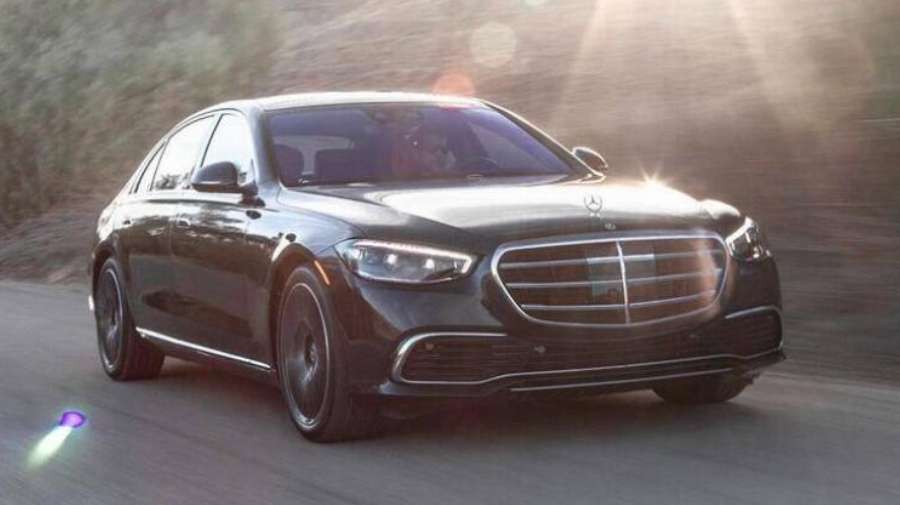
To be honest, there aren’t many things that I don’t like about the greatest luxury vehicle on the planet, but I would advise against purchasing one brand-new one. That’s because these things lose value quickly.
CarEdge predicts that it will lose 54% of its value in only five years. Purchasing a used S-Class will allow you to save money without sacrificing quality since these vehicles are made to last for many years even after five years of use.
Nissan Leaf
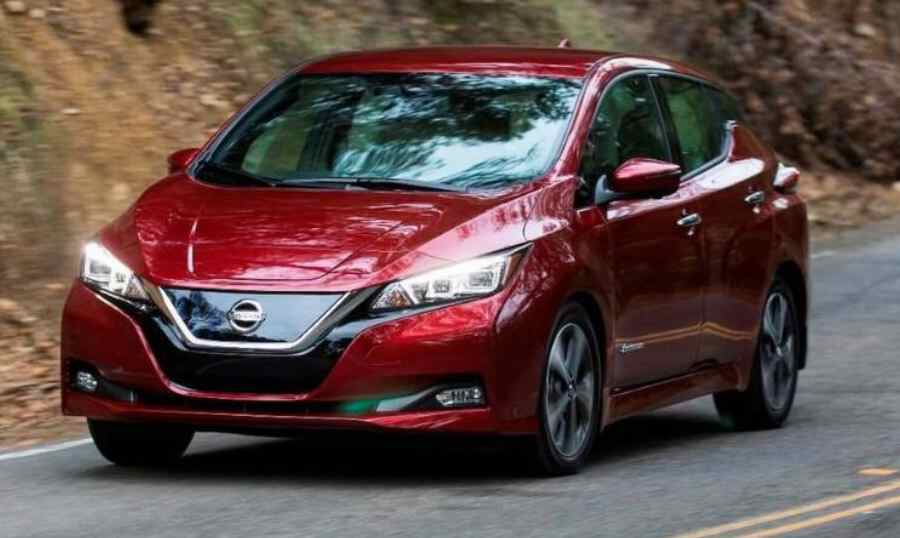
You wouldn’t even consider purchasing a car if it tended for the sunroof to blow up and fly off while you were driving. That vehicle is this one. This is something that no one can live with, even if you believed you could put up with its terrible appearance.
We are not the only ones who have reported the sunroof bursting issue; nissanproblems.com has also done so. This vehicle also has problems with airbags, automated emergency braking, and a host of other problems.
BMW 7 Series
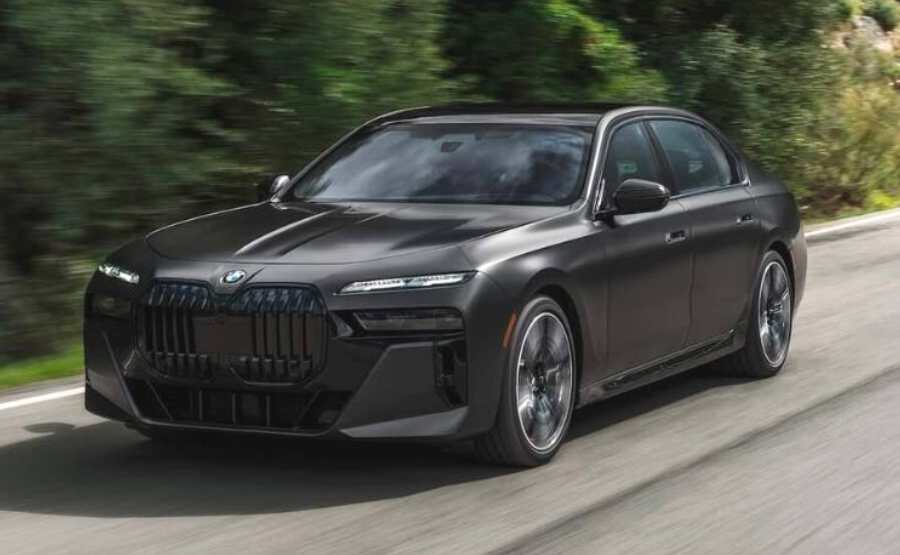
You must be realistic about this, even if you may prefer the concept of driving a brand-new 7 Series right out of the showroom. The 7 Series is pricey—like, $100k pricey—but you can save $40,000 if you can live with a few thousand kilometers on the odometer.
While we do not advise against purchasing a 7 Series altogether, we do advise purchasing a slightly used one and perhaps using the money you save to get a Camry.
Volvo S90
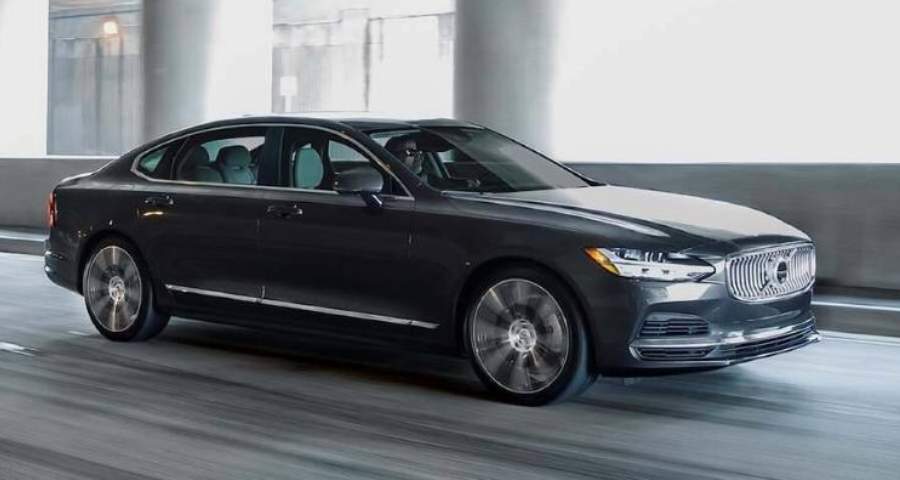
If your automobile has a serious problem that may cause the brakes to randomly fail, you might be able to deal with sunroofs falling off or engine and gearbox problems, but you do not want to take the kids for ice cream in that car.
According to car recalls.eu, Volvo has issued a recall for this issue. Although you can get that problem addressed for free right now, would you want to drive a car that might not stop?
BMW i3
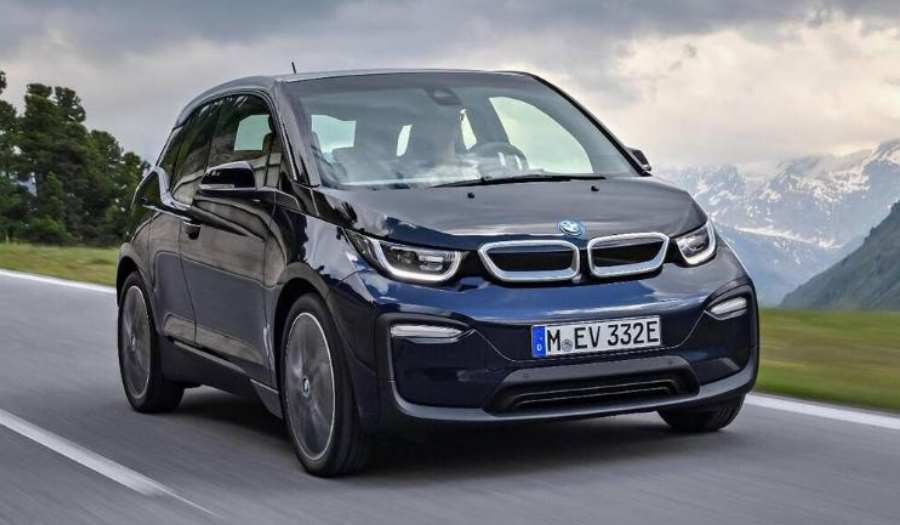
To begin with, the i3 is just plain ugly and, to be honest has some fairly ridiculous proportions, but this is not the place to make subjective vehicle judgments. The i3 is a vehicle with many little issues that add together to make it look ugly.
According to The Driver Advisor, the most notable one is the problem with the power steering, which may suddenly become quite strong. Aside from that, there are problems with the printed circuit board of the motor that might cause the vehicle to abruptly lose power and shut off entirely.
ANY Range Rover

While the Range Rover moniker certainly exudes grandeur, extravagance, and British excess, you don’t want to get into this. RepairPal ranks the nameplate 15th out of 19th with a dependability rating of 2 out of 5.
It is by no means possible to fund the repairs. Replacing the most frequent component on them, the transmission will run you up to $8,000.
Porsche Cayenne
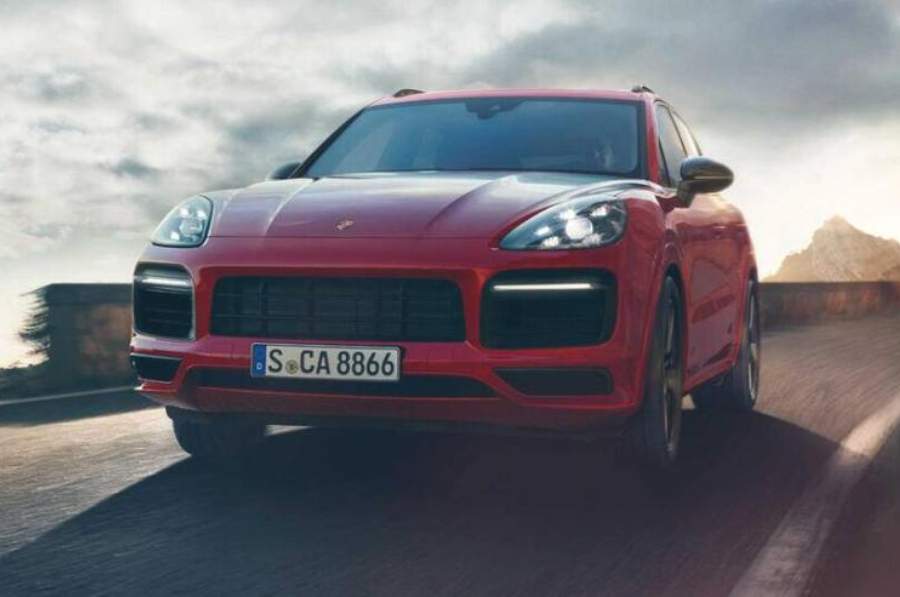
Although driving a Cayenne is enjoyable, the enjoyment does not last long. Owner reports gathered by HotCars indicate that the engine itself fails after 40,000 miles, the brakes frequently fail at 20,000 miles, and the vehicle begins to overheat severely even before reaching 15,000 miles.
And the vehicle in question is a Porsche. Fixing any of those issues will cost at least $20,000. Therefore, if you’re looking for the rush of driving, seek elsewhere. If you can afford a new Porsche every 5,000 miles, then by all means, purchase one.